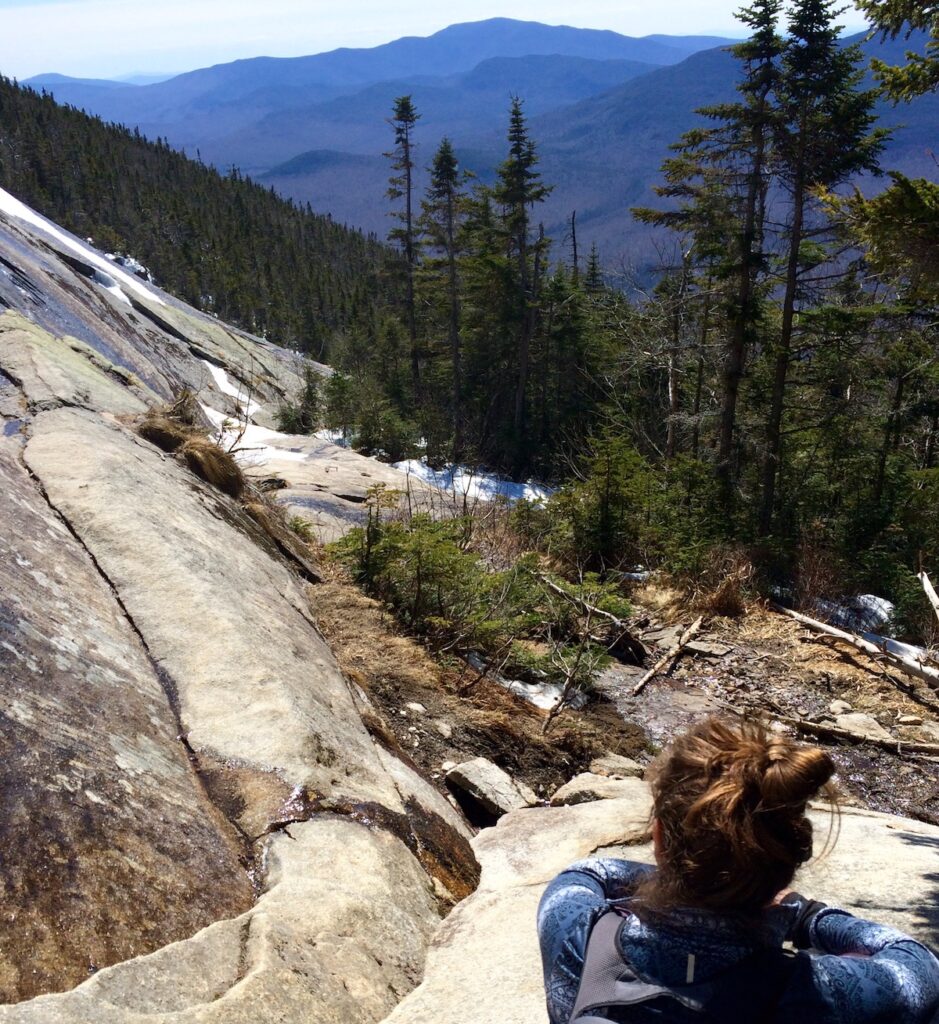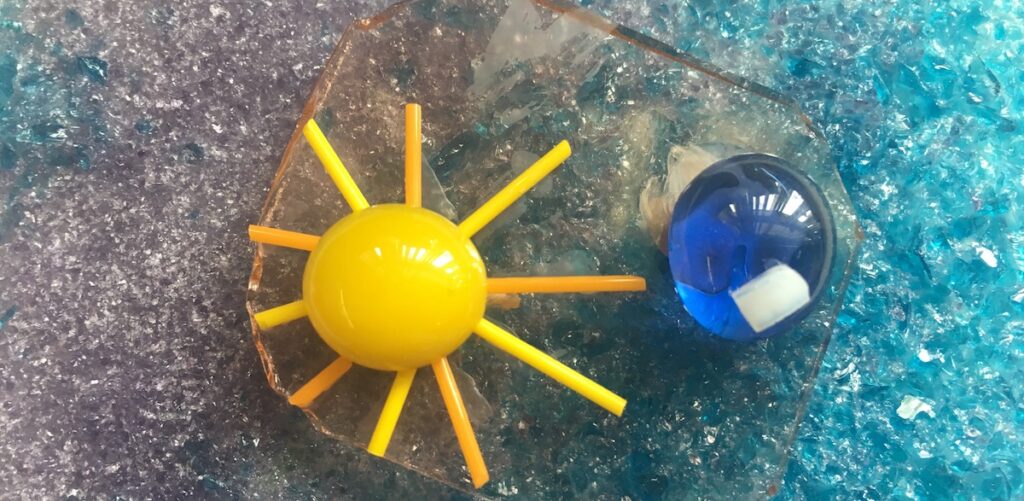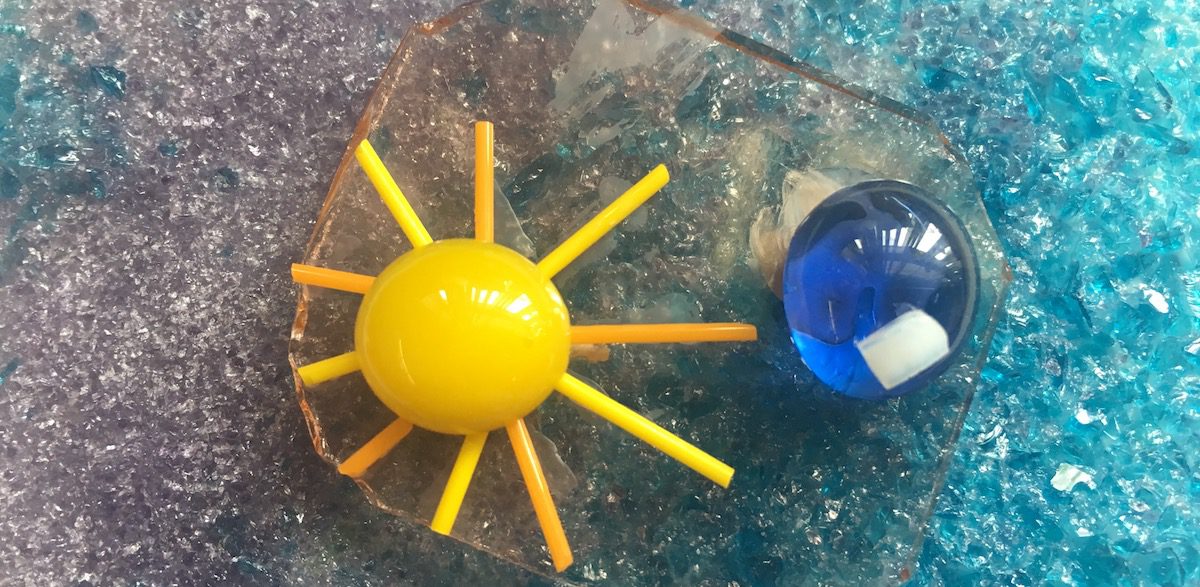Whether you are a first-year educator or a 30-year veteran, every art teacher gets excited to have the summer off. We start dreaming of beach days and sleeping in past 6 a.m. long before June hits the calendar. So, why do so many of us end up spending our hard earned summer time in the classroom? Why is our summer spent planning lessons, organizing art materials, teaching kids, or taking classes?
There are lots of reasons to work hard in the summer. You may rely on the extra income from your summer job or the pay scale jump you’ll make by taking a class. Maybe you’re transitioning to a new classroom or teaching style and need to get your feet under you before the kids come back. Even better, you may actually want to take an amazing art class this summer!
Although you may not be able or willing to do “nothing” this summer, there is an argument for not overloading your schedule with work-related items.
Here are 4 ways to do “nothing” this summer and not feel guilty about it:

1. Spend the summer in “off” mode.
As a teacher, it’s easy to lose your identity while on the job. Yes, we love what we do, but very few professions other than teaching expect you to be “on” for 100% of your work day. Being on stage all day takes a toll.
This summer, turn off the “perfect” and let your human side show a little! Remember how it feels not to check your email for a week or wear “real people clothes.” It doesn’t make you any less of a role model or great teacher. It makes you a real person!
2. Give your brain a break.
Lesson planning, emails, paperwork, oh, my! Multitasking can take a huge toll on your ability to think clearly. We’re always on our phones or our computers. In this time of constant input and availability, it’s important to give it a rest.
Instead of keeping your mind busy, do things to nourish it and allow it to rest. Institute a “No Media Day” for yourself and your family, and get out into nature. Don’t worry; all your emails and notifications will still be there when you get back.

3. Tune up your self-care routines.
Emotional fatigue can happen when you are always putting others before yourself. Art teachers are a mix of two empathetic occupations: artist and teacher. We often put others first and get emotionally invested in others, and, as a result, are more likely to suffer from mental health issues such as depression or anxiety. If you work in a district where your students rely on you for emotional support, you will likely get burned out if you don’t take care of your own emotional needs.
If you don’t already have a good self-care system in place, use the summer to create one. Figure out what recharges you and create a routine around it. Some of us need more solitude while others recharge by spending time with friends and family. Practice a healthier diet that can flow into the school year. Take advantage of the fresh fruits and veggies at your local farmers market, and learn to cook some new healthy meals. Sign up for your first yoga class or go for a long walk while the days are long and warm. Whatever recharges you and makes you feel good, do more of it this summer.
4. Pursue your passions outside your classroom.
It’s no secret why art teachers are passionate about their jobs. We get to share what we love with our students and see them grow as artists. We are lucky to be art teachers and we hear that all the time:
“Wow, you’re an art teacher! That’s so cool. You must love your job!”
At the end of the day though, being an art teacher is not our only identity. It’s important to remember we have value and interests outside of teaching art. If variety is the spice of life, summer is the perfect time to spice things up.
The added bonus is that your personal passions can often find their way into your classroom! When we share with kids the things we’re passionate about, our excitement is contagious. It also helps us to stay motivated and invested in our lessons year after year.
Summer break is two months to take a break from all the crazy stuff that we do during the rest of the year. If you have to or want to work, get PD, or spend time in your classroom, remember to balance it with plenty of time off. Or, seek out PD that you’re excited about or that’s really worth your time. Set some limits for yourself, such as only going to your classroom on rainy days, and stick to them. Remember the reason your art room is so amazing is you are leading it, so take care of the art room’s most important asset…YOU!
What do you do to work or relax in the summer?
What’s your stance on doing “nothing” over the summer?
Magazine articles and podcasts are opinions of professional education contributors and do not necessarily represent the position of the Art of Education University (AOEU) or its academic offerings. Contributors use terms in the way they are most often talked about in the scope of their educational experiences.





